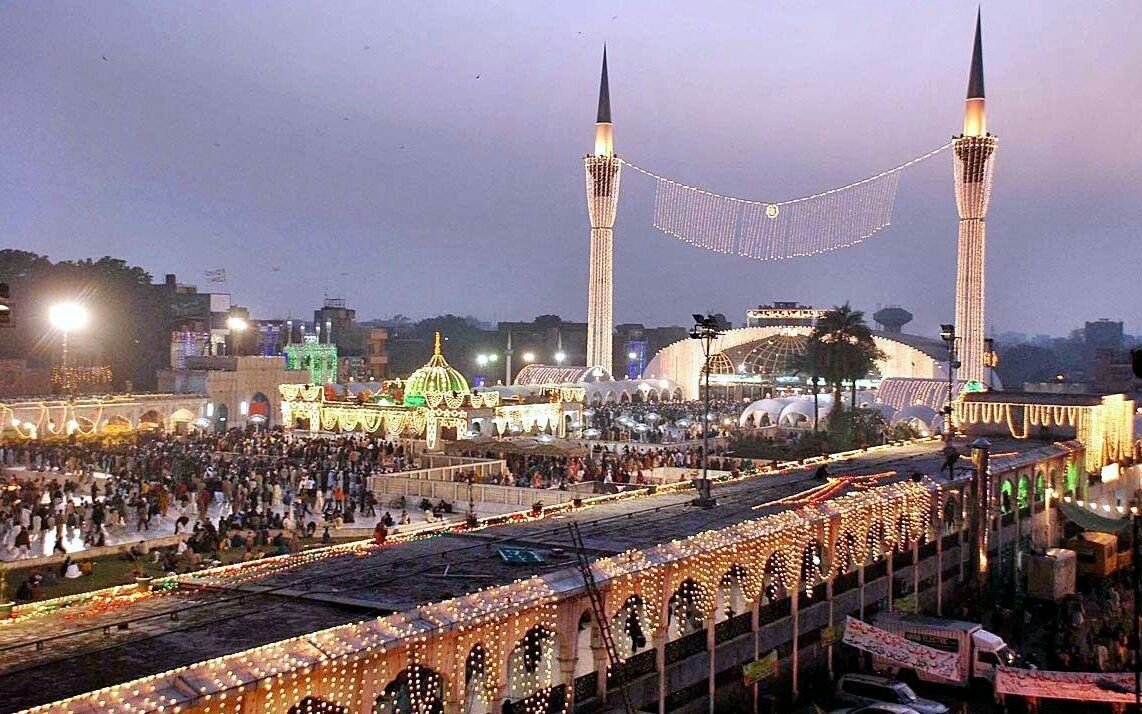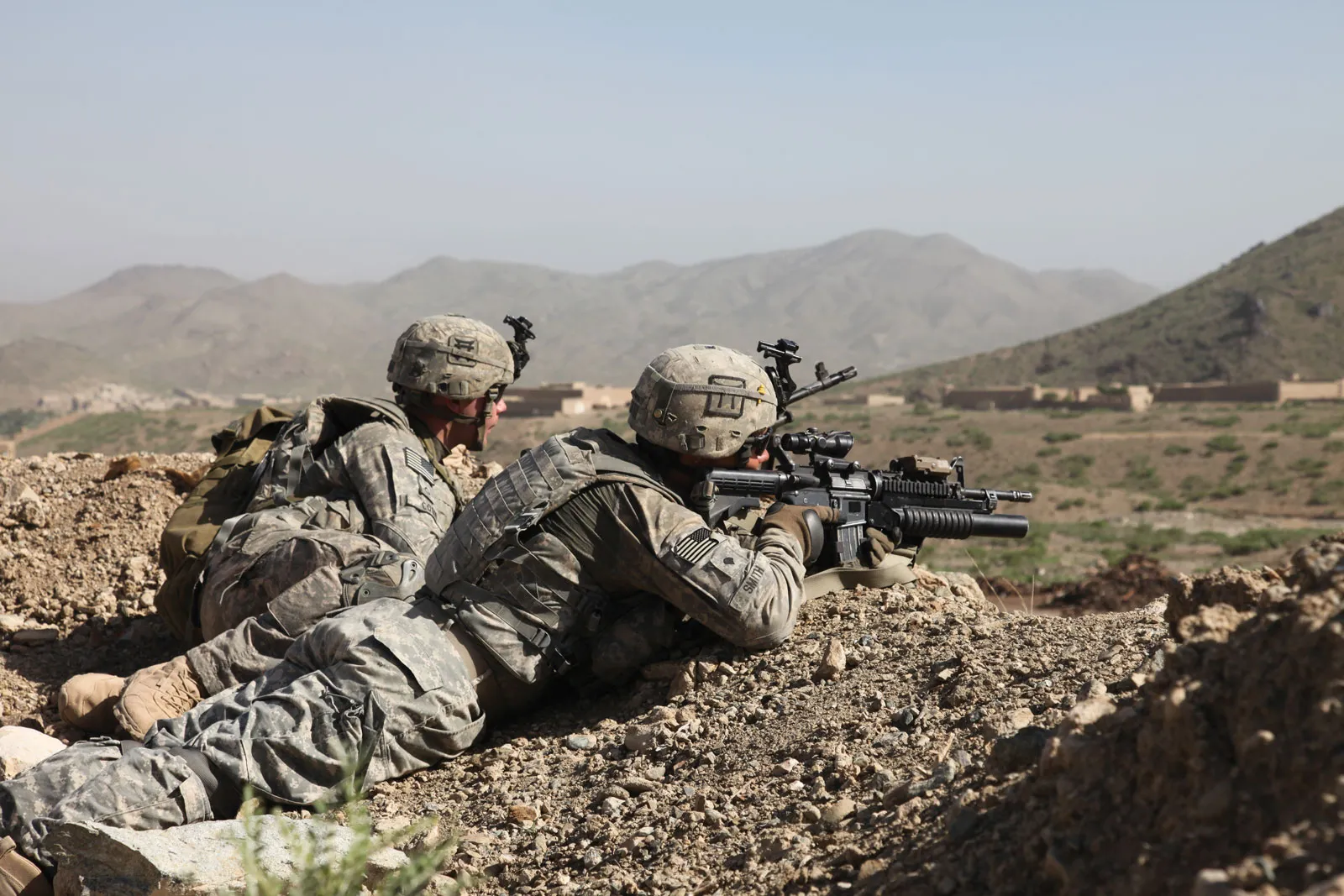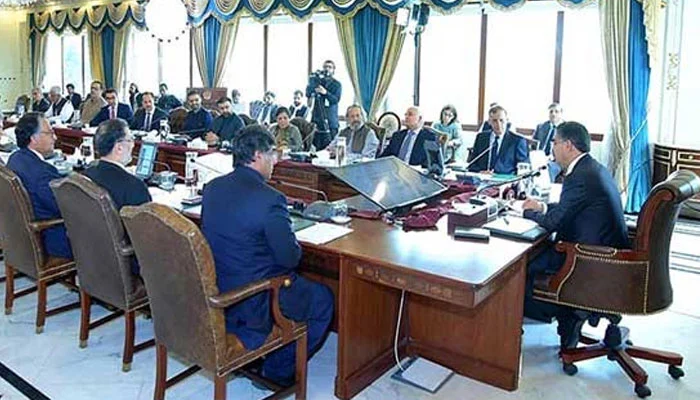Bhati Gate in Lahore is a place where two distinct worlds collide, creating a remarkable fusion of emotions and traditions. On one side, people dressed in somber black attire gather in large numbers, marking the chehlum (fortieth day) of Hazrat Imam Hussain, the revered grandson of the Prophet Muhammad (Peace be upon him). Imam Hussain’s ultimate sacrifice, alongside his companions, in the tragic Battle of Karbala is a pivotal event in Islamic history, and his memory is honored with profound grief and reverence.
This solemn procession is a sight to behold, adorned with alams (standards), Shabi-e-Zuljinah (a representation of Imam Hussain’s horse), tazias (symbolic replicas of Imam Hussain’s shrine), and taboots (miniature coffins). Each of these items carries deep symbolic value for the mourners and devotees who gather to pay their respects.
In this atmosphere of sorrow and reflection, niaz, or charitable offerings, are generously distributed among the mourners, while Nohas (elegiac poetry) echo through the loudspeakers, amplifying the collective sense of mourning.
Remarkably, just a few meters away from this heart-wrenching procession, a different scene unfolds. Here, crowds are engaged in jubilant celebrations, marked by traditional drumming and dancing, known as dhamal. This exuberance is in honor of the Urs (death anniversary) of Hazrat Data Ganj Bakhsh, the patron saint of Lahore.
Hazrat Ali Hujveri, affectionately known as Data Sahib, hailed from Afghanistan and made Lahore his home. His saintly qualities, humility, and selfless service to the people endeared him to the local population. Spending 21 years of his life in Lahore, he became a beacon of spirituality not only for the city but for the entire subcontinent.
The striking transition from grief to joy within a radius of less than 100 meters baffles many observers. This juxtaposition of spiritual activities in such proximity is captivating and surprising, especially in a world often marred by economic struggles and intolerance.
For the devotees, it’s not about sectarian divisions. It’s about love and reverence. The martyrs of Karbala sacrificed their lives out of love for Islam, while Data Sahib’s embrace extended to people of all sects and religions through the power of love.
Visitors pass through security gates and spend time in the mourning procession just outside Karbala Gamay Shah, one of the city’s oldest Imambargahs. Here, they touch the alam, Shabi-e-Zuljinah, tazia, and taboot as a mark of respect for the martyrs of Karbala.
They then make their way to the shrine of Data Sahib, where they offer Salam (a tribute to the Holy Prophet) and immerse themselves in prayers and invocations at the feet of the patron saint.
Ali Hassan, a regular visitor to both places, emphasizes the universality of the experience. “It’s not about being a Shia or a Sunni. It’s about love. The martyrs of Karbala sacrificed their lives for the love of Islam. And Data Sahib embraced people from every sect and religion… through the power of love.”
The shrine of Data Sahib also holds healing significance for many, who believe in the saint’s intercession with the Divine.
The air is filled with slogans of “Labaik Ya Rasool Allah” and “Labaik Ya Hussain,” resonating deep respect for these holy figures throughout the day.
Sajjad Hussain proudly identifies as both a mourner of Imam Hussain and a devotee of Data Sahib. He recalls a time when the Shia community would mourn, and Sunnis would prepare niaz, a practice that still endures in a few families within the walled city, reflecting a spirit of support and tolerance.
Sajjad further highlights that Data Sahib himself visited the shrine of Bibian Pak Daman, one of the most sacred places for the Shia sect in Lahore, underlining the mutual respect that transcends religious boundaries.
As thousands gather at Bhati Chowk for these two different events, they unite under one cause. Regardless of caste, color, or creed, they come together out of profound devotion to holy figures who championed tolerance.
Welcome to Lahore, a city that exemplifies tolerance and unity in diversity.



